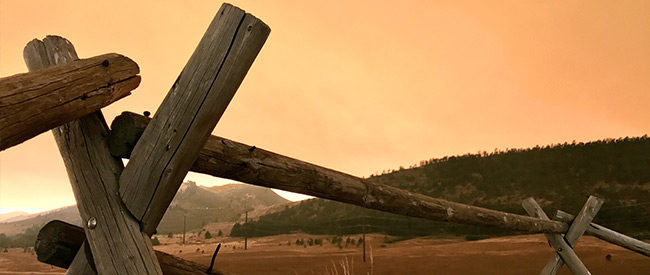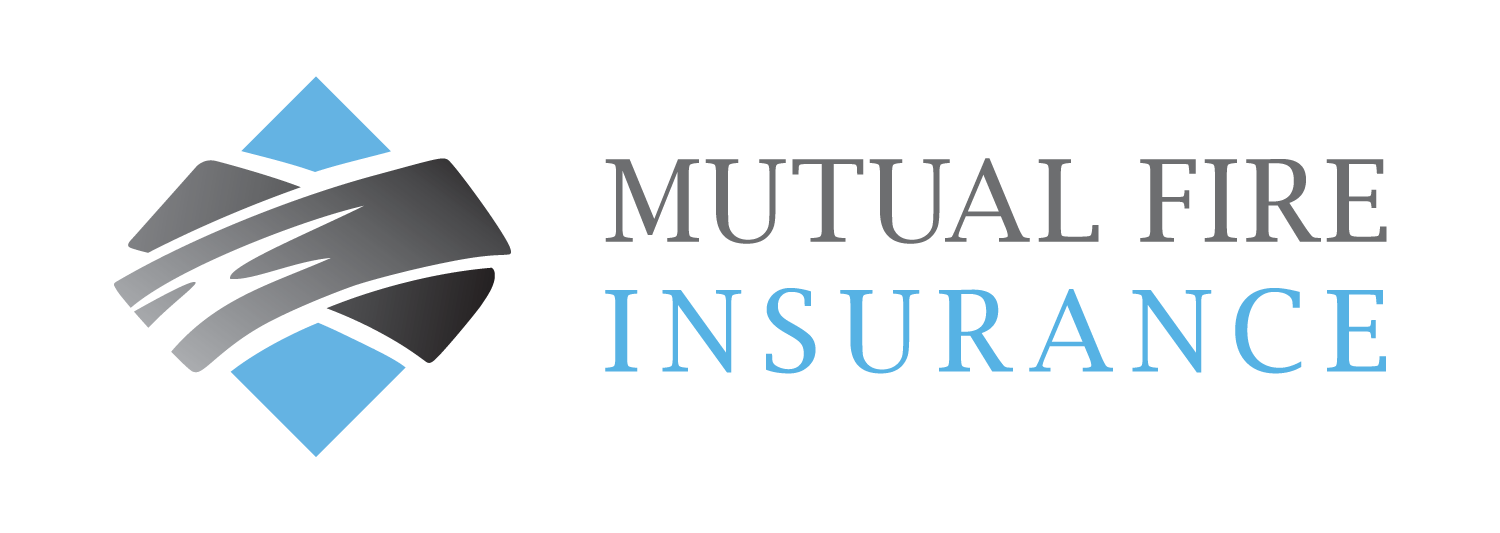Emergency Evacuation: Steps to Take to Protect Your Livestock

Weather emergencies like wildfire and overland water flooding events are becoming common in Canada. When they threaten communities, these events receive emergency evacuation orders from local authorities. Although emergencies can happen at any time, it can be hard to prepare the farm. Nevertheless, if you are farming livestock, it’s kind of challenging to move 200 head of cattle on short notice! So, preparation and planning are tools which will benefit you greatly in the event you have to complete an emergency livestock evacuation.
Consider Emergency Livestock Evacuation Options
To state the obvious, not all emergencies are created equally. A wildfire may impact your farm in a completely different way from a flood. The unique topographical features of your property and region like hills, trees, lakes, and rivers may make one emergency more significant from another.
It can be helpful to borrow tactics from off-farm businesses to get into the right mindset for emergencies. Specifically, Enterprise Risk Management which is a framework you can use to:
- Identify natural disaster risks to your farm
- Analyze how risks may impact your farm
- Decide what actions you would take in specific scenarios, or list actions you could take
Some additional resources to help you consider your emergency livestock evacuation options include talking to your insurance broker, connecting with a farming organization, and reviewing provincial and federal websites for recommendations. Get Prepared is a very helpful site for homeowners and the provinces have agricultural emergency management guidelines which go into great detail.
We’ve highlighted a few scenarios below as an exercise for farmers with livestock.
Scenario 1
A ranch operation has identified it is at high risk for wildfire. The property spans 100 acres over rolling hills and pasture. There are 200 head of cattle which roam the property.
What options might this farm consider for the livestock if an emergency evacuation was issued due to wildfire?
- Drive cattle to the furthest reaches of the property, away from the wildfire risk and nearby water
- Prepare a firebreak on the property
- Load and transport cattle to a farmer friend 500 kilometers away
- Send cattle to slaughter to minimize the number of head to protect
Scenario 2
A four-barn broiler operation has identified it is at high risk for flood. At any given time, there is one empty barn and three barns in various stages of the growing cycle with approximately 75,000 birds.
What options might this farm consider for the livestock if an emergency evacuation was issued due to flood?
- Install flood control protection such as barriers or sandbags to prevent water from entering the barns
- Marketing broilers which are close to finished weight
- Relocate and shelter poultry on higher ground
Understand Protection Options
After planning, some actions can be taken to prepare for emergency events!
Self Insure
Farmers can purchase emergency equipment like sandbags or barriers for flood control protection and store it on their property in the event of an emergency. This kind of equipment can be difficult to purchase in the middle of an event, so it is best to buy ahead of time. Thankfully, many emergency products have long shelf lives of five or more years. If transportation is a key aspect of your plan, selecting larger or purchasing additional transport trailers may be an option to consider.
Provincial and Local Authority
Depending on your province, the government may have a reimbursement program in place when an evacuation alert or order is issued.
Farm Insurance
Consider different coverages with your farm insurance broker to balance your protection. Always read your policy wordings to understand how coverage may or may not apply in certain situations.
At Mutual Fire Insurance, adding Farm Livestock coverage means you also receive a special limit for emergency evacuation when ordered by a civil authority. Chat with your Mutual Fire Insurance broker to learn more about this extension and its limits.

